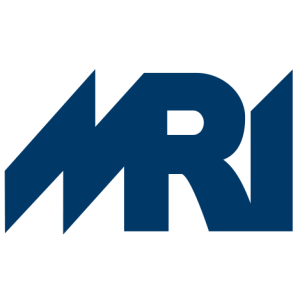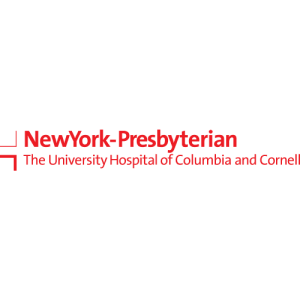Atherosclerosis Is a Smooth Muscle Cell–Driven Tumor-Like Disease
BACKGROUND:
Atherosclerosis, a leading cause of cardiovascular disease, involves the pathological activation of various cell types, including immunocytes (eg, macrophages and T cells), smooth muscle cells (SMCs), and endothelial cells. Accumulating evidence suggests that transition of SMCs to other cell types, known as phenotypic switching, plays a central role in atherosclerosis development and complications. However, the characteristics of SMC-derived cells and the underlying mechanisms of SMC transition in disease pathogenesis remain poorly understood. Our objective is to characterize tumor cell–like behaviors of SMC-derived cells in atherosclerosis, with the ultimate goal of developing interventions targeting SMC transition for the prevention and treatment of atherosclerosis.
METHODS:
We used SMC lineage tracing mice and human tissues and applied a range of methods, including molecular, cellular, histological, computational, human genetics, and pharmacological approaches, to investigate the features of SMC-derived cells in atherosclerosis.
RESULTS:
SMC-derived cells in mouse and human atherosclerosis exhibit multiple tumor cell–like characteristics, including genomic instability, evasion of senescence, hyperproliferation, resistance to cell death, invasiveness, and activation of comprehensive cancer-associated gene regulatory networks. Specific expression of the oncogenic mutant Kras G12D in SMCs accelerates phenotypic switching and exacerbates atherosclerosis. Furthermore, we provide proof of concept that niraparib, an anticancer drug targeting DNA damage repair, attenuates atherosclerosis progression and induces regression of lesions in advanced disease in mouse models.
CONCLUSIONS:
Our findings demonstrate that atherosclerosis is an SMC-driven tumor-like disease, advancing our understanding of its pathogenesis and opening prospects for innovative precision molecular strategies aimed at preventing and treating atherosclerotic cardiovascular disease.















